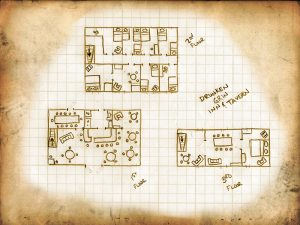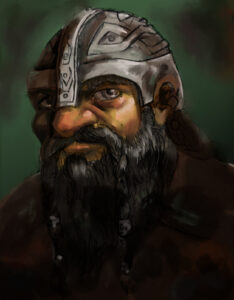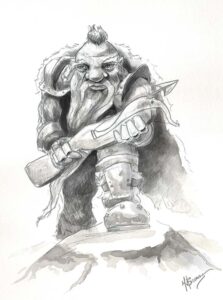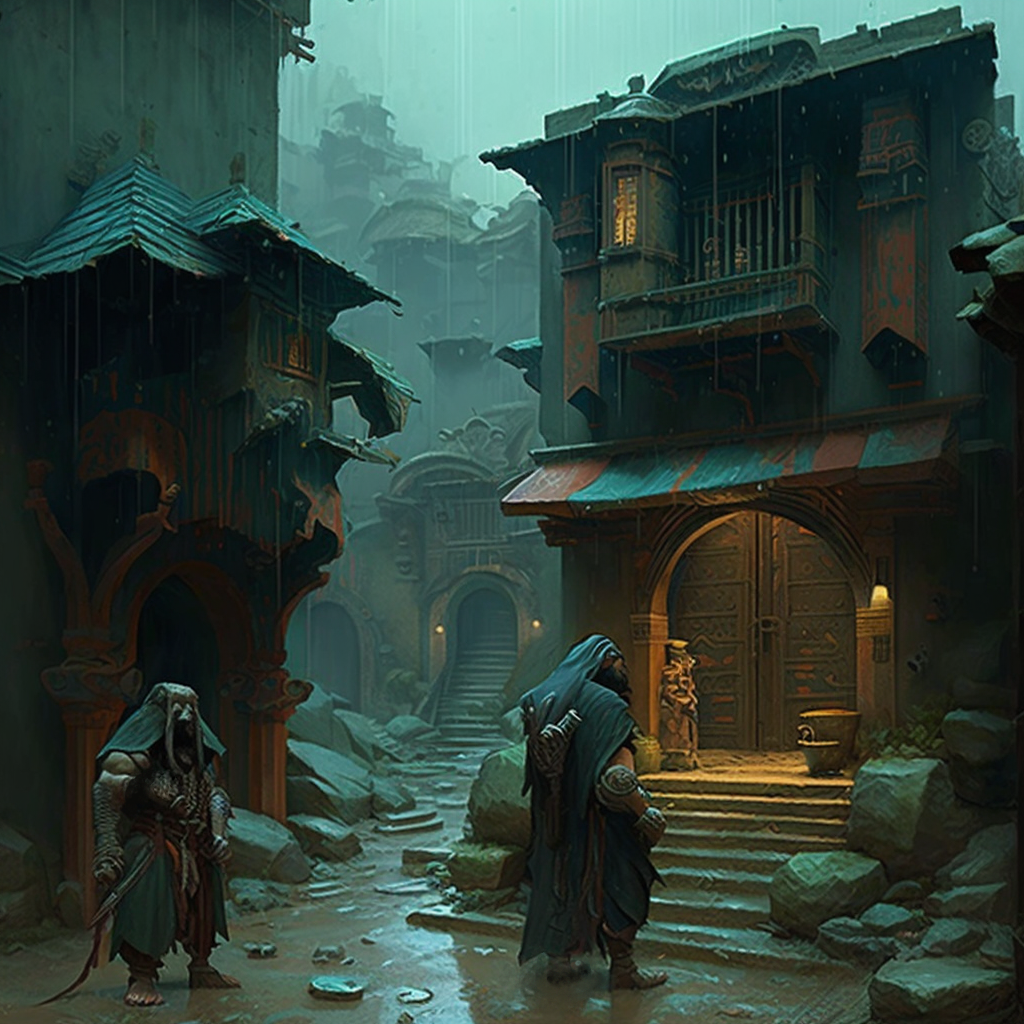The Druids are a group of magic users who have watched over the lands for thousands of years. They believe in finding balance in peace with oneself and the world around you.
In the past the Druidic Order had groves set up in every major city and were often sought as counselors and advisers. They are no longer sought in this way, though two cities, Bordon and Seahaven, still have open and populated groves.
Old symbol (no longer officially supported by the order) – a silver dragon eating the tail of a black dragon.
From the Tome of the Arts:
The ancient Druids were formed from tribal magic users who found themselves drawn to the forests, deserts, and other natural places of Uteria. They were heavily influenced by the Elves, seeing magic as part of everything around, a fabric of the world that extended beyond the self and into the stars. Still, following the tendency of humans, they tried to define it, finding the five elements of magic – fire, water, air, earth, and spirit. They also defined the three sources – self, world, and spirit. This differed from the view of magic of the Elves, which simply put is there is no magic, there is life.
As the Druids progressed, they formed larger communities, knit by a want to make the world a better place. They became the advisors to kings, the lorekeepers, and observers. They built Groves, or places of meeting and meditation, a direct influence from the Elves. These Groves were found inside or around all major cities. In Seladar, the capital of the Aradan Kingdom, the king’s castle was built in the center of a Grove itself.
During the Great War, the Druids spent their time defending cities attacked by aggressors, never taking to the offense. Though there was some internal debate to this course of action, it held until the end of the war and the Disappearance.
After the war the Druids lost much of their power, many looking to them as archaic and blasphemous in the time that followed. Those of the Church persecuted them, causing the Groves to fall, and the Druids to become all but extinct.
Seahaven was the one refuge for the Druids. Not as touched by the war as many other places, they were allowed to keep their Grove and tomes in the city proper. As magic has come back into the world, the Druids have begun to expand, finding those who share their views and beliefs to join their ranks. They spent their time rebuilding Groves or searching for old ones, hoping to find some of the vast knowledge lost by war.
From Encyclopedia Uteria
The Druids are a group of magic users who have watched over the lands for thousands of years. They believe in finding balance in peace with oneself and the world around you. In the past, the Druidic Order had groves set up in every major city and were often sought as counselors and advisers. They are no longer sought in this way, though two cities, Bordon and Seahaven, still have open and populated groves.
Druidic Order (Druids)
No one is sure where or when the Druids first started. Some claim they were wizards who lead a religion of the old gods in the far north. Others claim it was formed from a council of sages before men built their first city. The one thing that is known is that the Druids have always played a part in the forging of Atheles.
In the far past, they were a group of solitary scholars and thinkers. They practiced magic and science, pushing the boundaries of both, in a castle lost to time. Something happened, something the Druids did not record, which caused the downfall of this community. The Druids then looked outward.
The Druids have been revered. They have been hunted. They have been valued as counselors. They have been burned at the stake for foretelling. In the current day, they serve as lore keepers and knowledge seekers. A few regions keep their council, like Endamas and Norhan, while others shun it, like Tirian and Uthgard.
Laws, Beliefs, and Culture
The Three Axioms
You are the shield for the world, its creatures, and its spirit.
You must defend yourself and others but never strike a preemptive blow.
You must abide by the truth as you know it.
The first core tenet is that Druids protect the world and the living beings that inhabit it. The second core tenet of the Druids is that no preemptive aggression is allowed. A druid learns to defend themself, but that is never to be used as unprovoked offense. The third core tenet is that Druids must abide by the truth. A Druid is to be truthful in all dealings and counsel, to the best of one’s own knowledge.
The Druids have a strict policy against attachment. A druid can have their own belongings, but these belongings must be able to be carried on your person. A druid must also follow a strict rule against romantic bonds. A druids can love another, but they can not form an exclusive and confining bond with another. Many believe this is based on the religious belief that Arias, mother goddess, refused all vows and bonds with her many loves. Others believe this is to stop the suffering of attachment and desire.
Organization
The Druidic Order is divided into Circles, each with a region. Each circle varies in exact beliefs, though the core beliefs are always upheld. Druids often gather in “groves”, a descriptive, if not symbolic, gathering or community of druids. These are places of refuge for all who need it.
Each Circle has an Arch Druid who is chosen by the Circle’s council every 7 years. The Arch Druids form the Grand Council.
Symbols
While the Druidic Order does not believe in symbols or flags for their organization, a long standing druid symbol is two dragons swallowing each others tails. One is silver and one is black. Spokes of a wheel fill the inner circle, embedded in the dragons bellies. Some druids still wear this as a reminder of the past and a pledge to the future.
A lesser known symbol is a circle, half white and half black.
The druids also have a chart that they believe explains the relationship between self, the world, and magic.



